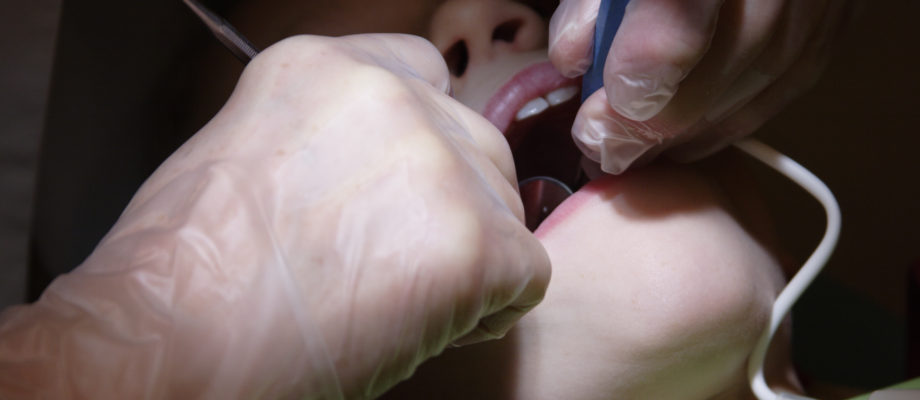THESIS. Nagging by parents – and the ingenuity of the child. Research at the Sahlgrenska Academy shows that there are success factors when children with a severe overjet have irregularities of the teeth corrected at an early age. However, the treatment is tough for most children and their families.
“Some were ashamed and didn’t want tell anyone at all that they wore an appliance ; only their best pal knew. Others immediately took it with them to school and displayed it as a trophy. How a person experiences it is very individual,” says Emina Čirgić, a postdoctoral researcher in odontology and senior orthodontic consult within the National Dental Service in Gothenburg.
Her research is about 7-14-year-olds with a severe overjet, where the lips do not cover their teeth. The children are at a lively age and risk being injured when the lips cannot function as cushions for the teeth in the manner they usually do.
In the group that was studied and interviewed of about a 100 children, 13% had also been teased. There were often called “rabbits” due to their overjet.
Not a good idea to wait
For younger children with both milk teeth and permanent teeth i their mouths, a so-called mixed dentition, a removable appliance is the answer. This fixes the upper and lower jaw to each other, renders speech impossible, and is mostly used at night.
The alternative is to wait until all permanent teeth have come up and correct the overjet with a fixed brace. However, the protruding teeth remain unprotected during several sensitive years.

“In this situation, you have to tell parents and children that if we don’t reduce the overjet there is a risk they will knock their teeth out and have injuries for life. But treatment is difficult; all orthodontics hurt, and in order to cope all parties must be involved. This is a team job,” Emina Čirgić emphasizes.
Six of ten individuals in the group studied failed with their treatment due to the human factor. The children simply did not use the appliance for the number of hours required; at least 10 hours day.
The children’s own tricks
“It was really important that parents nagged, and the mothers nagged most. But it was also exciting to hear how the children who succeeded had thought out their own ways to be reminded. Some let Post-it notes everywhere at home; someone had clock that rang after training and others placed the appliance on their bed or desk so as not to forget it,” says Emina Čirgić.
The children also invented their own ways of measuring success. Some by using a simple thumb grip in the space under the protruding front teeth. There they could feel how the span slowly closed from month to month when the teeth were pressed back.
The studies used two types of removable appliances, a traditional type in rigid plastic and a more modern one of silicon.
The latter was more flexible to the changes that occurred naturally in the mouth of the children and resulted in less visits to the dentist to adjust the appliance. However, from the point of view of results, the models were equal.
“This is something we really recommend, but as a specialist, it is easy to only look at the treatment and forget that there are a lot more things that children and parents must make time for during everyday life. What I have learned is to be honest and tell them that it is difficult. Starting something where you see that it won’t succeed only creates disappointment and leads to a waste of resources,” states Emina Čirgić.
Link to the thesis: https://gupea.ub.gu.se/handle/2077/50856











